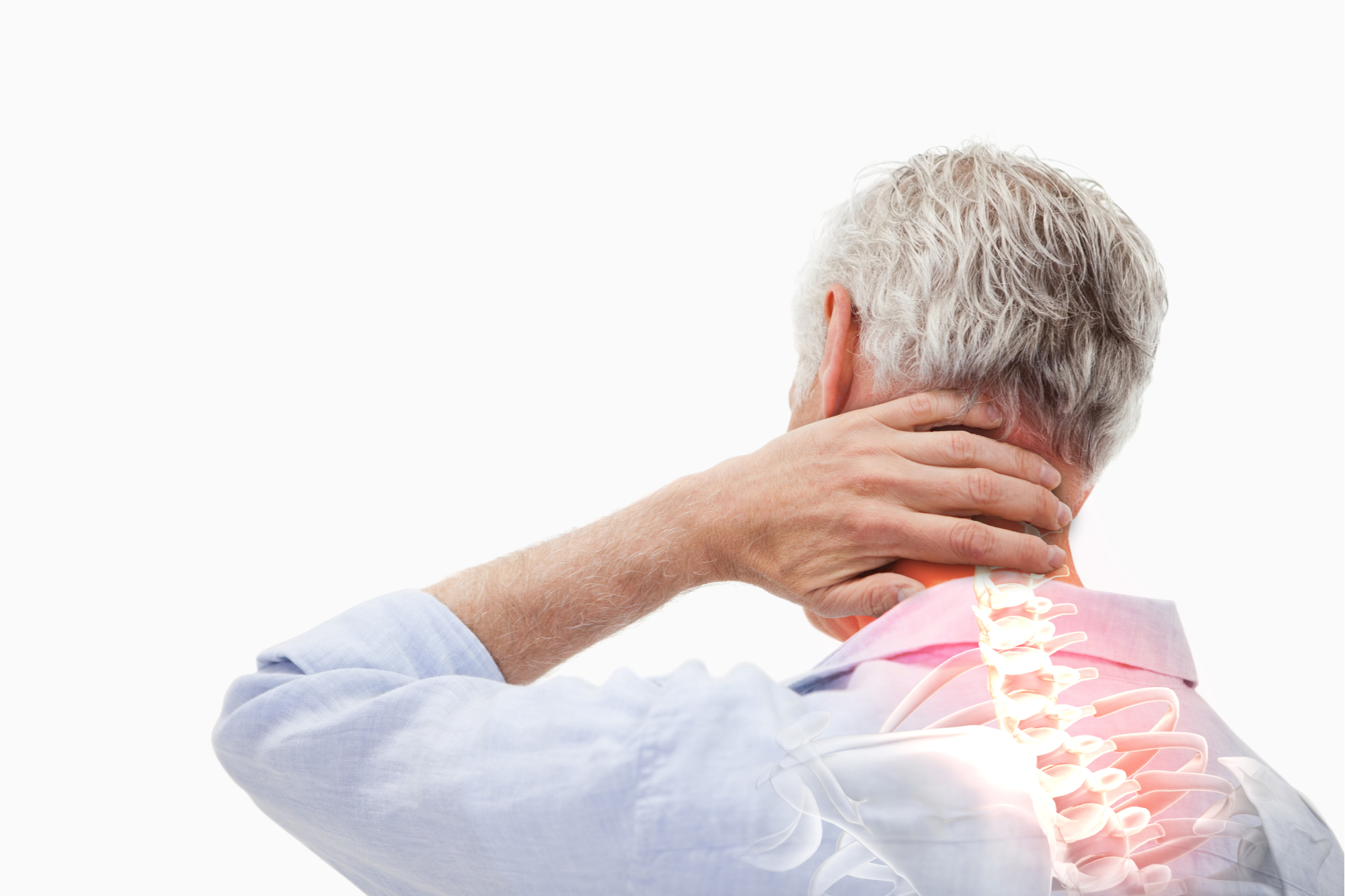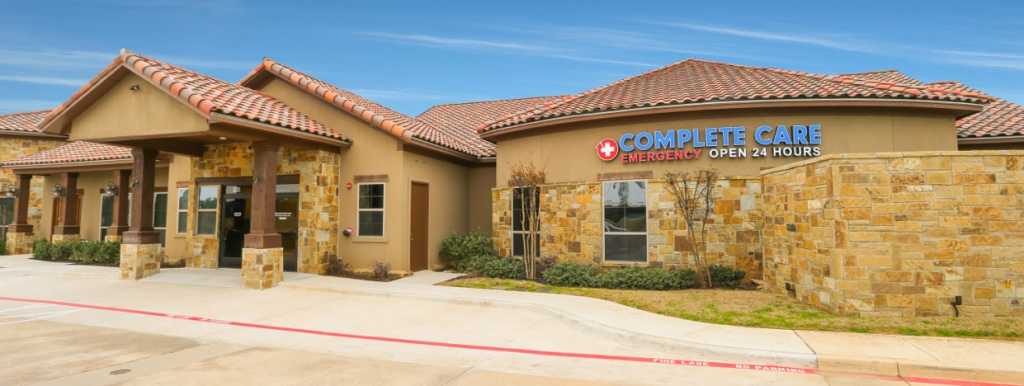The Difference Between Acute Pain vs. Chronic Pain
Conditions
•
Feb 22, 2022
Reviewed by:

Knowing the difference between acute pain vs. chronic pain can determine how you go about treatment. Acute pain is any pain or discomfort that comes on suddenly, has a specific cause, and goes away when the underlying issue is addressed. Whereas chronic pain lasts longer, may be experienced without a clear cause, and often continues even after you’ve addressed any underlying issues.
Not all ailments are created equal. Sometimes a person will experience acute pain, while others live with chronic pain. Below we present an overview of both types of pain.
What’s the difference between acute pain vs. chronic pain?
The biggest difference between acute and chronic pain is the onset and duration of the pain. Acute pain is what a person feels immediately after an injury or isolated event. For instance, any pain that follows a broken bone, surgery, or cut.
On the other hand, chronic pain is present for extended periods of time and is typically referred to as a disease state. It could be either constant or recurring like arthritis, cancer, and conditions like fibromyalgia.
If you are concerned about your pain, never hesitate to reach out to your doctor. They can help look for any underlying conditions and help you establish a pain management plan.
Symptoms of acute pain
Symptoms of acute pain are the same as those typically endured with an injury:
- The kind of stabbing pain that makes you cry out loud
- Shooting pain
- Throbbing
- Burning sensation
The more serious the injury, the higher the intensity of the pain. If the pain is severe, it could cause complications, such as high blood pressure, difficulty breathing, or physical dependence on the medications prescribed to help manage the pain.
Symptoms of chronic pain
Chronic pain can manifest itself in various ways. Usually, the person will feel a pain that won’t subside, sometimes accompanied by stiffness or soreness. Depending on the health condition that’s causing it, the pain can range from mild to debilitating.
In addition, due to its longevity and persistence, chronic pain has a negative impact on many other areas of a person’s life. As a result, the patient can also experience:
- Interrupted sleep
- Insomnia
- Exhaustion
- Irritability
- Anxiety (Keep reading: How to stop an anxiety attack)
- Depression
What are examples of acute pain and chronic pain?
Most examples of acute pain can also be examples of chronic pain. For instance, if you’re struggling with mid back pain when laying on your stomach it could be acute pain caused by sleeping funny the night before or it could be considered chronic pain if it is lingering pain that was caused by an old injury.
Other examples of acute pain include:
- Cut or burn
- Bruise
- Chest pain
- Labor or contractions
- Stomach pain
- Broken bone
- Fever or infection
- Appendix pain
- Pulled muscle
- Cramps
Examples of chronic pain would include types of pain like:
- Cancer pain
- Arthritis pain
- Back pain
- Nerve pain
- Joint pain
When does acute pain become chronic?
So, what qualifies as chronic pain? Chronic pain is any pain that lasts longer than the typical recovery period. It does not have to be a consistent pain to classify as chronic pain and the pain can be felt as an on-again, off-again issue.
In most situations where acute pain becomes chronic pain, it occurs with a chronic health condition such as cancer, arthritis, or fibromyalgia. Although this is not always the case. For some instances of acute pain that becomes chronic, such as chronic back pain, there isn’t any explanation for the continued pain.
When should you seek help for pain?
When you should call for medical help depends on whether you are dealing with acute pain vs. chronic pain. For acute pain, seek emergency help if you hear any type of snapping or popping followed by intense pain. For chronic pain, seek help if you are experiencing chronic pain that interferes with your ability to carry out normal daily life.
Treatment for acute pain takes into account the person’s underlying health issues and typically includes the RICE method (rest, ice, compression, and elevation), as well as opioids and rehabilitation exercises if instructed by your medical provider. If the trauma was serious enough, your doctor may also recommend physical or occupational therapy.
While there are conservative treatment options such as electrical stimulation, acupuncture, and prescription medication, if none of them result in relief for the patient, surgery may be considered.
24 hour emergency room services for acute and chronic pain in Texas and Colorado Springs
If you’re suffering from pain or want to know more about the difference between acute pain vs. chronic pain, Complete Care is here for you. No matter what type of pain you’re facing, your nearest Complete Care location is ready to help, no matter the time of day or night. We offer a variety of services to serve you and your family in your time of need. No appointments are necessary.
More Helpful Articles by Complete Care:
